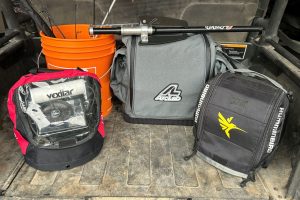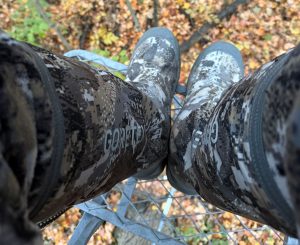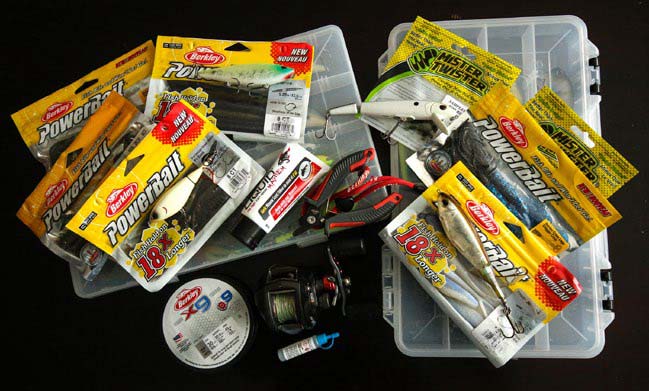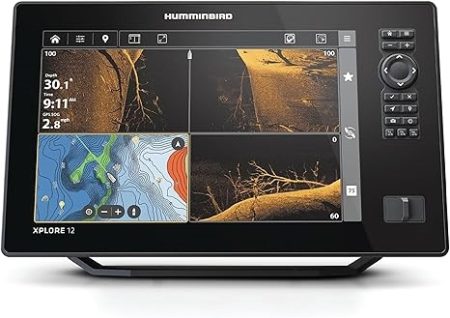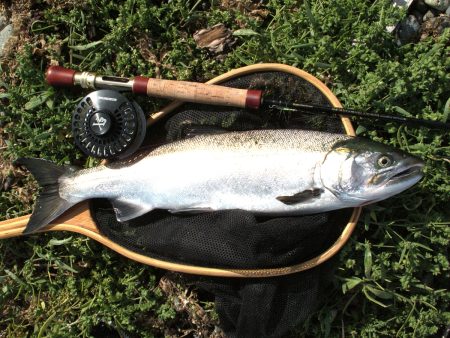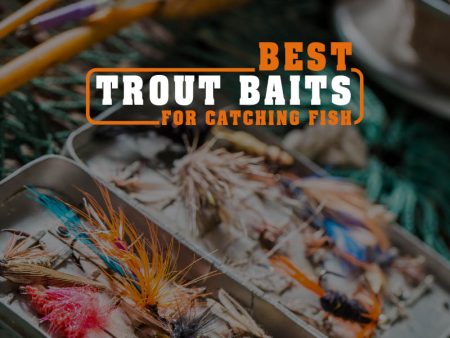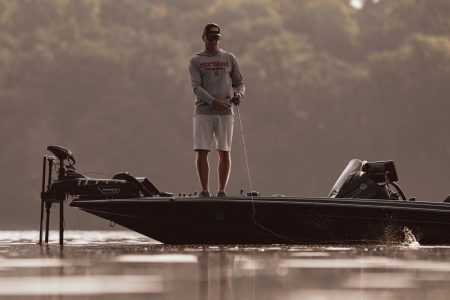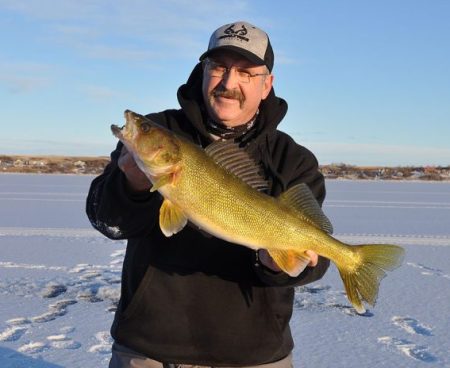Fair weather anglers have it tough living in Canada. Like clockwork each fall, boats are tucked into bed and open water gear gets stored until spring signals the frozen lakes and rivers to become liquid again.
But during those months of dreary downtime, taking stock of your tackle and prepping it for the upcoming season will help ease the suffering you’re feeling (while also making you a better angler in the long run.)
Taking Stock
It would seem like it’s engrained in an anglers’ DNA to hoard tackle. I’m certainly guilty of that trait. We have boxes filled to the brim of lures, soft plastics, and hooks, many of which never get wet. It’s definitely an addiction.
So your first step in the prep game is simply downsizing your tackle. Go through all of your gear, setting aside baits that haven’t seen action during the last few years. (If you haven’t used a bait over the course of a couple of seasons, chances are you won’t.)
Trim the fat in your tackle bags and boxes, ridding yourself of gear you never use and making room for new baits you likely will. Take it from me, doing a purge sure feels great!
So what should you do with that pile of unwanted baits? Selling them is an option, but handing them down to a child will mean a whole lot more.
Now turn your attention to your tackle boxes and bags. Have they seen better days? Are they cracked, rusted, or ripped. Replace those accordingly.
I like to give all of my tackle totes a soapy hot water bath each off season, to rid them of any dirt or grime.
If you’re still running an old-school tackle box, consider some of the state-of-the-art models that are on the market. These boxes, bags and totes are high-tech to say the least, many with rust inhibitors, waterproof lids, and compartments for a myriad of gear and accessories.
Replacing Hooks
Once you’ve narrowed down all of the lures you are keeping, check each hard bait individually to determine the quality of hook. Are any bent, dull or broken? If so, replace those with new and good quality singles or trebles. Same goes for split rings.
And while we are on the topic of hooks, give each point a once over with a hook hone. Sure, it’s tedious work, but there’s nothing worse than a dull hook when a trophy fish is on the line.
Rods and Reels
Let’s begin with your rods. Remove reels from each and give the length of the rod a visual inspection. Any cracks or missing line guides? Is the reel seat in good condition as well as the handle? Burrs on line guides (which can make quick work of line) can be easily detected by running a Q-Tip around each. If cotton is left behind, you have an issue. Fix what you can but if beyond repair, consider replacing it.
I like to give each of my rods the spa treatment in the off season, by wiping them down with a damp soapy cloth; rinsing and drying after.
As for the cork handles, bring them back to life by gently using a high-grit sandpaper. Trust me – they will look brand new again.
If you have rod covers (and all of your should), slide them back on and store your rods in a vertical position. (I prefer to keep my reels separate and in totes to keep them dust-free.)
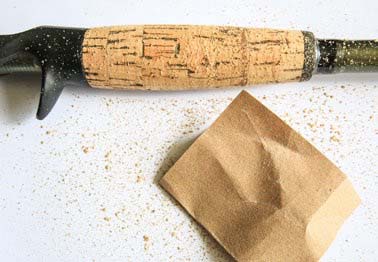
How does the line look? Does it need replacing? Braid is good for a few years (depending on use) but what I like to do is reverse the line each off season by removing it all and replacing it back in the opposite direction. You can prolong the life of line two-fold with this one simple exercise.
If it is time to replace line completely, hold off until the spring to spool up.
Lastly, before storing them, ensure that the drag, brakes, and cast control are all loosened off completely.
Odds and Ends
Now is also the time to take stock of other fishing related gear we keep on hand. Are your pliers in good working order? Scissors for cutting braid still up to standard?
Go through all of your other gear to make sure each is in proper working order. While you’re at it, make a list of what you’re missing? Do you own a pair of bolt cutters? A good hook file? A net? If not, be sure to add them to the list of gear to purchase during this downtime.
The off season is also when I restock my first aid kit, boat safety kit, and dry bags. By ensuring each are adequately filled with the items you may need (and are up to safety compliances), it will alleviate any headaches you might run into on opening day come spring.
Lastly, give that life jacket the once going over and replace if any aspects of it are compromised.
Making a List
Once you’ve completed all of the above chores, it’s now time to plan for the upcoming season. Make a detailed list of what you will need before you wet a line come spring. This could cover hot new baits, plastics you are running low on, or line that needs replacing. Keep an eye out for sales, slowly adding this needed tackle over the course of the coming months. Without a list, you’ll easily forget what you in fact need.
And treat yourself to a new rod or reel during this downtime. This is one thing I do religiously each and every off season. I consider it the gift that keeps on giving.
The open water off season can be a tough pill to swallow, but prepping your tackle and gear is one way to help get you through these dark months.
Happy sorting… and here’s to a great season in 2020.
By Justin Hoffman
Per our affiliate disclosure, we may earn revenue from the products available on this page. To learn more about how we test gear, click here.


